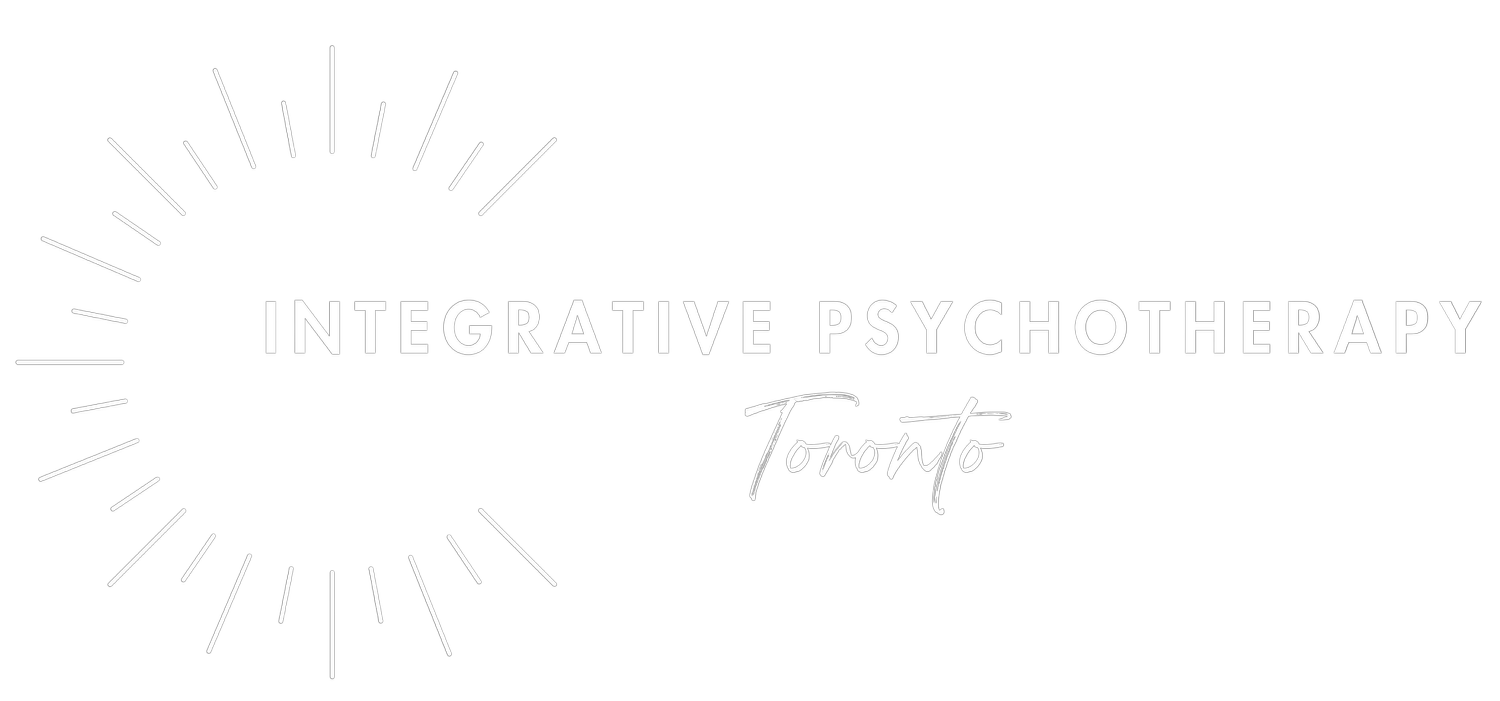Healing Trauma and Anxiety through Conscious Breathing
Breathwork has quietly gained a loyal following in recent years, especially among people in bustling cities like Toronto who seek relief from anxiety, depression, and even physical pain. With roots in ancient healing practices, breathwork is not just about breathing; it’s about unlocking the mind-body connection to release trauma, relieve stress, and empower personal growth.
But how exactly does breathwork work, and why is it so effective? Let’s explore the science, types, and profound impacts of this accessible yet transformative practice.
What is Breathwork?
Breathwork is a general term that covers various breathing techniques designed to improve mental, emotional, and physical well-being. Unlike regular breathing, breathwork exercises are intentional, guided, and often rhythmic. This conscious approach to breathing activates the body’s nervous system in ways that can soothe anxiety, release trauma, and even heighten self-awareness.
How Breathwork Releases Trauma
Understanding Trauma’s Hold on the Body
Trauma is stored in the body’s tissues, influencing everything from muscle tension to the nervous system’s response patterns. The sympathetic nervous system—the part of the brain that controls our fight-or-flight responses—can stay chronically activated after traumatic experiences, making it difficult to relax. Many find themselves unknowingly “bracing” against the world, as though still guarding against a past event.
Breathwork interrupts these stress cycles. Techniques like somatic breathwork and holotropic breathing encourage the release of trauma by bringing the body to a calm yet heightened state where it feels safe enough to let go. As breathwork deepens, it reaches brain areas like the limbic system, where traumatic memories often reside, allowing suppressed emotions to surface and resolve over time.
How Breathwork Releases Tension and Pent-Up Emotions
A Pathway to Emotional Release
Chronic tension—especially in areas like the shoulders, neck, and back—is a common sign of pent-up stress or unprocessed emotions. Breathwork exercises specifically help release these tensions by oxygenating the muscles, improving circulation, and promoting relaxation. When practiced consistently, breathwork allows people to access and process emotions that have been “stored” physically, leading to a sense of emotional and physical lightness.
Breathwork works through a combination of physiological effects on the body and psychological effects on the mind. Deep diaphragmatic breathing, for example, sends signals to the nervous system to deactivate the stress response. This shift promotes relaxation and even boosts immune function by stimulating the parasympathetic nervous system. With time, breathwork helps to replace the body’s “default” settings from anxious and tense to calm and centered.
Types of Breathwork: Find the Technique That Works for You
There are numerous types of breathwork, each with its own unique method and impact. Here are a few popular techniques:
Holotropic Breathwork
Holotropic breathwork is a therapeutic method that combines rapid, intense breathing with evocative music to unlock deep emotional experiences. Developed in the 1970s, holotropic breathwork aims to bring unresolved traumas or emotions to the surface, offering a pathway for release and integration. It can be an intense experience but is especially effective for those looking to work through long-standing emotional blocks.
Wim Hof Breathing
Popularized by Wim Hof, this breathwork technique focuses on a combination of controlled hyperventilation and breath-holding. This practice not only builds resilience but also increases oxygen levels in the blood and decreases inflammation. Wim Hof’s approach, sometimes called the “ice man” method, is particularly popular among those seeking an invigorating, almost meditative state that challenges both mind and body.
Somatic Breathwork
Somatic breathwork is gentle yet profoundly impactful, emphasizing the release of physical sensations and emotions stored in the body. Often used in conjunction with somatic therapy, it is ideal for individuals working on emotional release, anxiety relief, or trauma. A psychotherapist can guide this method to ensure a safe experience, especially for those with PTSD.
Basic Diaphragmatic Breathing
Also known as belly breathing, this technique involves slow, deep breaths that engage the diaphragm fully. Diaphragmatic breathing lowers stress by slowing the heart rate and encouraging a state of relaxation. It’s easy to practice on your own and is highly effective for everyday stress relief and grounding.
How to Practice Breathwork
Simple Steps to Start Breathwork on Your Own
Breathwork can be practiced in various settings, whether on your own or with a trained therapist. Here’s a quick guide to starting your own practice:
Find a Quiet Space: Sit or lie down comfortably in a space free from distractions.
Set Your Intention: What do you hope to release or achieve? This focus can add depth to the session.
Begin with Basic Diaphragmatic Breathing: Inhale deeply through the nose, filling your belly, then exhale slowly through your mouth. Repeat for five minutes.
Try a Technique: Once you feel comfortable, explore a structured technique like Wim Hof breathing or holotropic breathwork.
End with Relaxation: Finish with a few slow breaths, allowing your body to integrate the experience.
Note: If you’re working through trauma, consider partnering with a psychotherapist trained in breathwork, such as an EMDR or somatic therapy professional, to guide you safely through the process.
The Impact of Breathwork on the Nervous System
Shifting from Survival Mode to a Restorative State
Breathwork significantly influences the nervous system, shifting it from a “fight-or-flight” to a “rest-and-digest” state. When we breathe rapidly, as in holotropic or Wim Hof breathing, it stimulates the sympathetic nervous system, creating a controlled form of stress. This controlled activation teaches the body resilience and enhances its ability to handle future stressors without chronic activation.
Conversely, slow diaphragmatic breathing or somatic breathwork encourages activation of the parasympathetic nervous system, which promotes relaxation, digestion, and healing. Over time, consistent breathwork can expand your Window of Tolerance, a concept in trauma therapy that refers to one’s capacity to remain calm and grounded. Expanding this window increases resilience and supports mental health conditions like anxiety, depression, and PTSD.
When to Work with a Therapist
Though breathwork is accessible and can be practiced alone, individuals facing trauma, anxiety, or PTSD may benefit from a therapist’s guidance. Professionals in EMDR, Internal Family Systems, and Deep Brain Reorienting understand how to tailor breathwork to safely manage trauma symptoms and deepen self-understanding.
Breathwork with a psychotherapist can deepen its healing potential, creating a safe space for confronting and processing difficult emotions. By working with a qualified Toronto therapist, you can integrate breathwork into a larger therapeutic process that is truly transformative.
Benefits of Breathwork for Mental Health
Breathwork has shown positive effects for a range of conditions, such as:
Anxiety: Decreases overactive sympathetic responses, replacing them with calm.
Depression: Boosts oxygen flow and endorphins, elevating mood.
PTSD and Trauma: Regulates emotional responses and reduces intrusive memories.
Sleep Disorders: Helps relax the nervous system, improving sleep quality.
Stress-Related Conditions: Encourages relaxation, relieving physical manifestations of stress.
Ready to Release What’s Holding You Back?
If you’re ready to release pent-up emotions, let go of anxiety, and reclaim your sense of peace, consider exploring breathwork as part of your healing journey.
Whether you’re new to breathwork or looking to deepen your practice, our Toronto-based therapists are here to guide you with compassion and expertise.
Looking for More?
If you’re interested in learning more about Mind-Body Therapy, we have lots of information to geek out on! You might enjoy:






